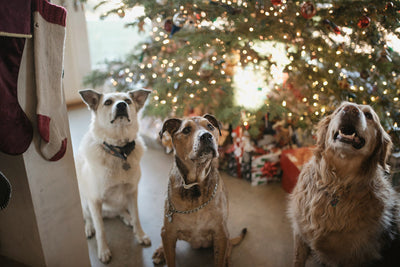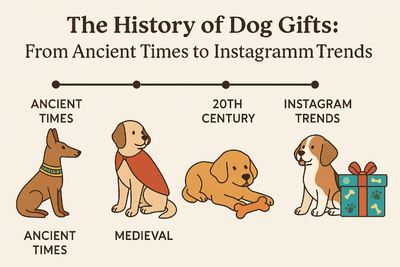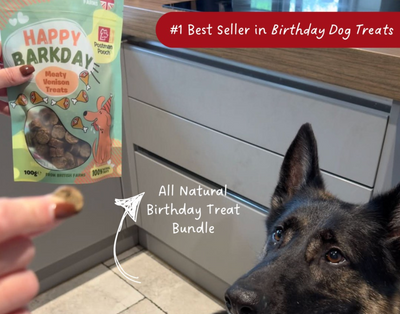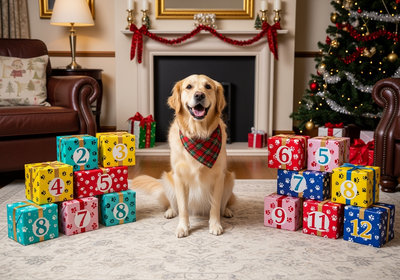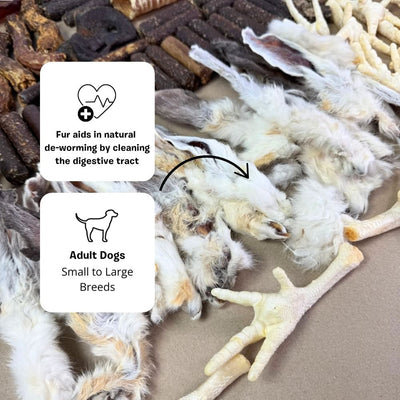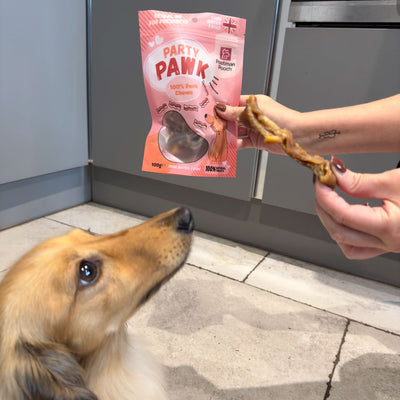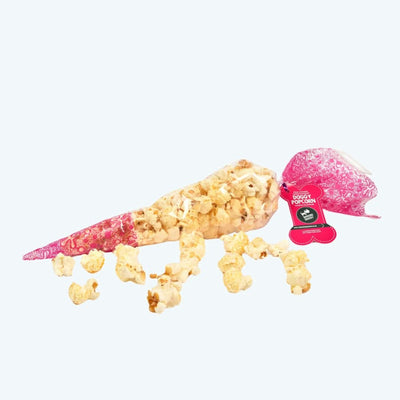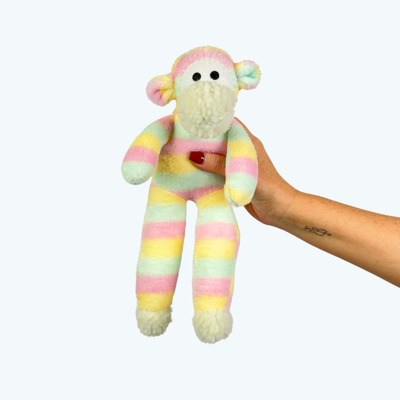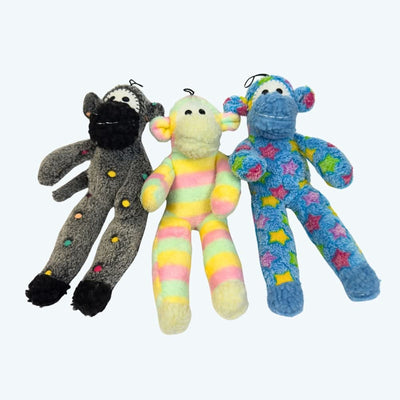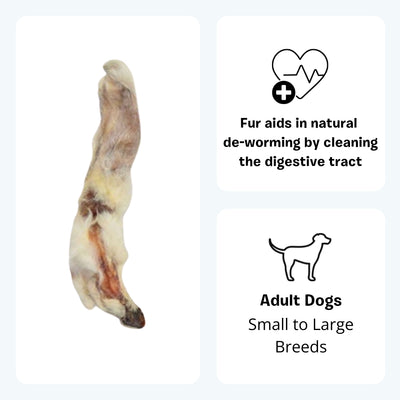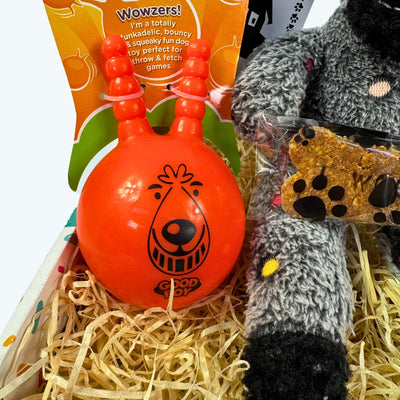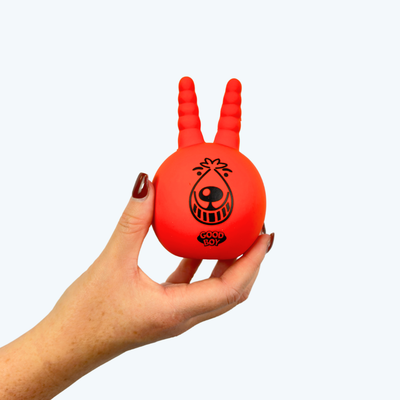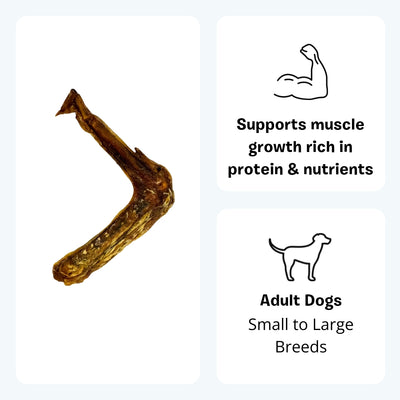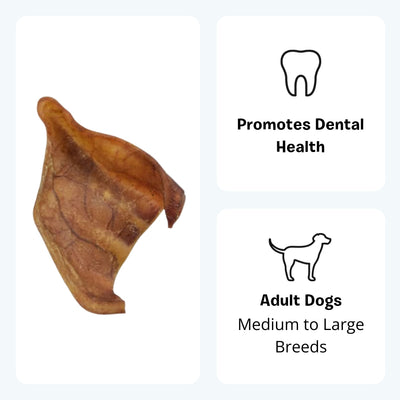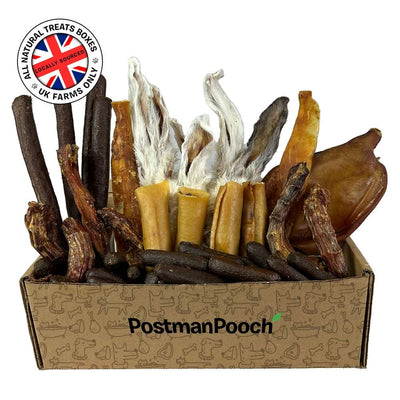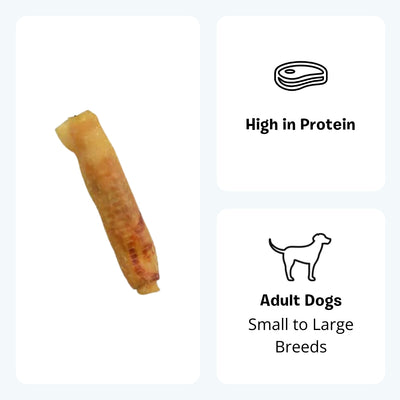Introducing cats to a puppy is a significant step in building a multi-pet household. The dynamic between these two distinct creatures can either lead to a harmonious coexistence or a rocky road of conflict. With careful planning and strategic methods, you can ensure that your feline friend and your new furry addition become fast companions.
Understanding the Dynamics: Cats and Puppies
Before delving into the process, it’s essential to grasp the natural dynamics between cats and puppies. Cats are territorial beings, often cautious about changes in their environment. On the other hand, puppies radiate exuberance but may lack an understanding of personal space. Recognising these differences is the first step in managing their introduction smoothly.
Preparation is Key: Setting the Stage
To ensure a successful introduction, meticulous preparation is crucial. Here are several steps you can take to pave the way for a positive interaction:
1. Create Separate Spaces
Prior to introducing your new puppy to your resident cat, create separate spaces for each pet. Cats appreciate vertical spaces, such as cat trees, shelves, or dedicated rooms where they can retreat and observe from a safe distance.
2. Scent Exchange
Before the actual introduction, perform scent exchanges between the two pets. Swap bedding, toys, or blankets, allowing them to familiarize themselves with each other’s scent. This preliminary step reduces initial anxiety.
3. Puppy Training
Invest time in training your puppy with basic commands like “sit,” “stay,” and “leave it.” These commands are valuable tools to manage your puppy’s behaviour around the cat during their initial interactions.
Gradual Introduction: Easing into Companionship
A gradual and controlled introduction process is vital for the success of the relationship:
1. Visual Introduction
Start with visual introductions through a baby gate or slightly open door. Let your cat and puppy observe each other without direct contact. This helps gauge their initial reactions.
2. Controlled Interaction
Once the initial visual interactions show promise, progress to controlled face-to-face encounters. Keep your puppy on a leash during these interactions to prevent any sudden movements that might unsettle the cat.
3. Positive Reinforcement:
Reward both pets with treats and praise for exhibiting calm behaviour around each other. Positive reinforcement helps them associate pleasant experiences with each other’s presence.
Will My Cat Get Used to My New Puppy?
This is a common concern for pet owners. The answer is yes, but the timeline varies. Some cats adjust swiftly, while others may take more time to warm up to the new addition.
How Long Does It Take for a Cat to Get Used to a New Puppy?
The time required for a cat to adjust to a new puppy can range from weeks to months. Patience is key; rushing the process can lead to unnecessary stress.
What Is the Best Way to Introduce a Puppy to a Cat?
The best method is a gradual introduction. This involves controlled steps that prioritize safety and positive experiences for both animals.
Will My Cat Forgive Me for Getting a Puppy?
Cats don’t hold grudges as humans do. With proper introduction techniques, your cat will likely adjust and, over time, may even form a bond with the new puppy.
What Do I Do If My Cat Doesn’t Like My New Dog?
If your cat initially shows resistance, be patient. Consult a professional animal behaviourist if issues persist.
Can Cats Get Depressed After Getting a Puppy?
While true depression in cats is less common, they can experience stress during transitions. Providing a stable environment, routines, and dedicated attention can mitigate potential stressors.
Introducing cats to a puppy requires methodical planning and patience. By understanding the unique dynamics between these animals and following a gradual introduction process, you can foster a rewarding relationship that enriches your multi-pet household. Your commitment to their well-being and the steps you take now will pave the way for a joyful companionship that stands the test of time.



